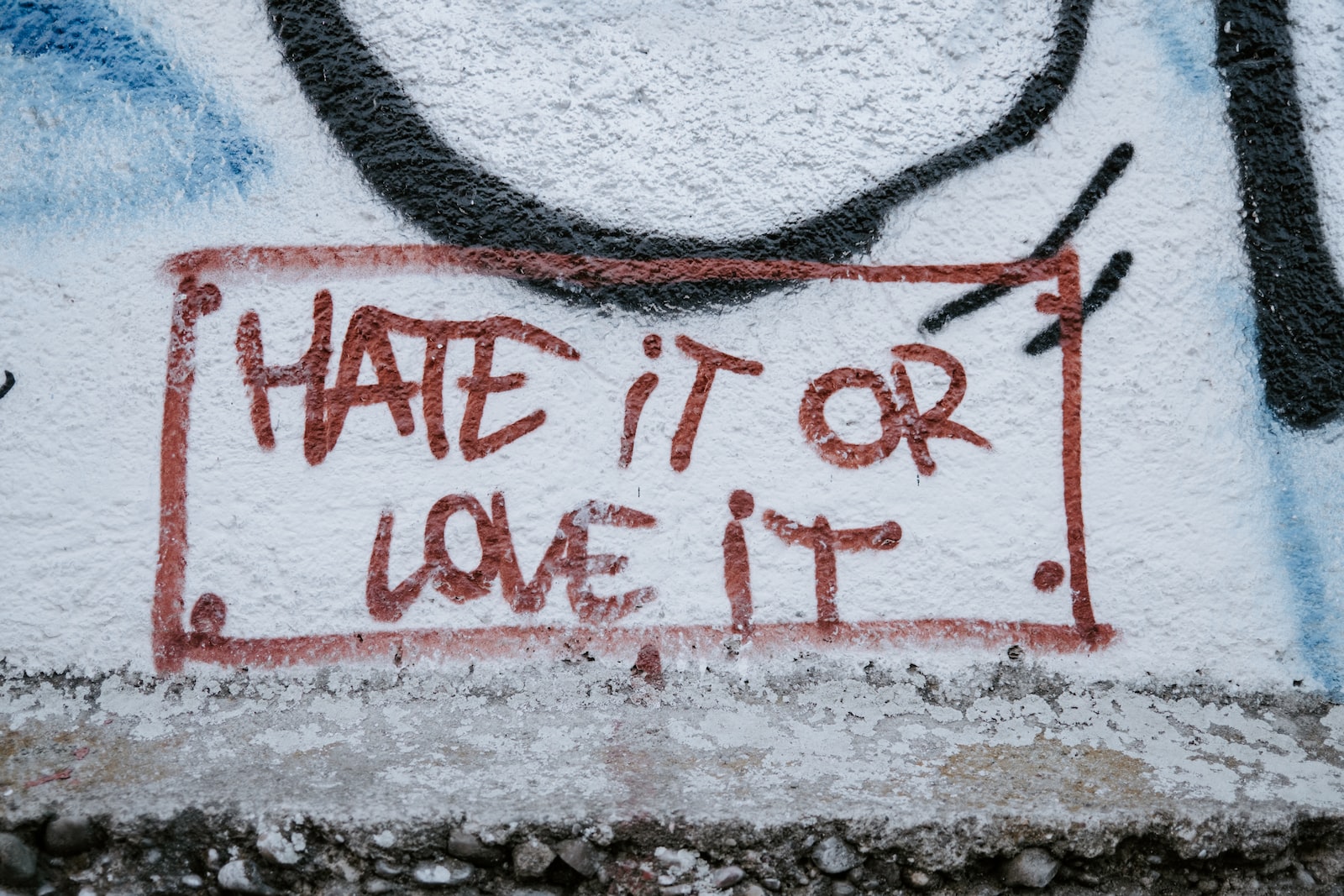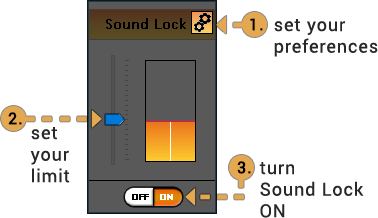As an artist, I have my fair share of frustrations with Spotify, believe it or not, as much as I promote my music on the platform. I do it because it’s the easiest and shortest route for fans to access my music. For no other reason.
Spotify
Spotify is a streaming service that has taken the world by storm. It offers millions of songs, podcasts, and other audio content to users around the globe. On the surface, it seems like a great service that provides a lot of value to its users. However, if you scratch beneath the surface, you’ll find that Spotify is far from perfect. In fact, there are several reasons why Spotify should be criticized.
First of all, let’s talk about the way Spotify treats artists. As a musician myself, I know firsthand how difficult it can be to make a living from your art. Spotify pays artists a fraction of a penny per stream. In other words, if you’re a musician on Spotify, you’re most likely not going to make much money. You might get a lot of streams, but those streams aren’t going to pay the bills.
But it’s not just the low pay that’s the problem. It’s also the fact that Spotify doesn’t give artists any control over how their music is presented on the platform. The algorithms that Spotify uses to curate playlists and recommend music are a mystery to everyone, including the artists themselves. This means that even if you’re a talented musician with a unique sound, you might never get discovered on Spotify because the algorithm doesn’t favor your style of music.
And then there’s the issue of Spotify’s business model. Spotify is a for-profit company that makes money by selling ads and subscriptions. And yet, the artists who create the content that makes Spotify valuable are paid next to nothing. It’s a classic case of exploitation, and it’s not fair to the artists who pour their hearts and souls into their music.
So, what’s the solution? Well, for starters, Spotify needs to start paying artists a fair wage for their work. It’s not enough to just give them exposure. Exposure doesn’t pay the rent. Secondly, Spotify needs to give artists more control over how their music is presented on the platform. The algorithms should be transparent, and artists should be able to opt out of them if they choose to. Finally, Spotify needs to improve its user interface and reduce the number of ads that users are exposed to. If Spotify wants to continue to be successful in the long term, it needs to start treating its artists and users with more respect.
For music fans Spotify is second to none.
But, from their abysmally low payouts to the algorithm-driven playlists that prioritize clicks over creativity, it’s clear that the platform doesn’t prioritize the interests of musicians. But how does Spotify stack up against other music streaming services and physical releases?
Apple Music?
While Apple Music offers a similar user experience to Spotify, it pays slightly more per stream, at an average of $0.006 per play. That may not sound like much, but it adds up over time, especially if you have a dedicated fanbase who listens to your music frequently. Additionally, Apple Music offers exclusive content and features for artists, such as the ability to upload their own music directly to the platform.
The problem with Apple Music? It’s way less feature rich and open as Spotify.
Tidal?
Next up is Tidal, a music streaming service that prides itself on its high-quality sound and artist-friendly policies. Tidal pays out a higher royalty rate than both Spotify and Apple Music, at an average of $0.0125 per stream. It also offers exclusive content and events for artists, such as livestreamed concerts and behind-the-scenes documentaries.
The problem with Tidal? For artists, not enough fans are on Tidal. It doesn’t really add up.
Bandcamp?
But what about Bandcamp? While it’s not a streaming service in the traditional sense, Bandcamp offers artists a way to sell their music directly to fans, with a customizable storefront and a variety of pricing options. Bandcamp takes a 15% cut of sales (which drops to 10% once you hit $5,000 in revenue), but artists can set their own prices and keep the majority of the revenue. And because fans are actually purchasing the music, rather than just streaming it, the payout per play can be much higher.
The problem with Bandcamp is the same as with Tidal: not enough fans are on Bandcamp. But more than on Tidal, and you can really make money with Bandcamp.
Physical?
And finally, we have physical releases like CDs and vinyl. While they may seem like relics of a bygone era, physical releases are still an important revenue stream for many artists. Not only do they offer a way for fans to support the artist directly, but they also provide a tangible connection to the music that can’t be replicated by digital streams. And because physical releases have a higher perceived value than digital downloads, artists can often charge more for them, leading to higher payouts per sale.
The problem with physical releases? They can be challenging for independent artists because they often require a significant upfront investment. Unlike digital distribution, physical releases require artists to have physical copies of their music in stock, which can be costly to produce and store.
Additionally, physical releases may not be as accessible to fans who prefer to consume music digitally. With the rise of streaming services and digital downloads, many music listeners no longer have CD or vinyl players, which means that physical releases may have a limited audience.
And there are distribution limitations. Independent artists may struggle to get their physical releases into brick-and-mortar stores, as these stores often prioritize major label releases over independent ones.
Conclusion
So where does that leave Spotify? While it’s still the most popular music streaming service on the planet, it’s clear that it’s far from the ideal platform for artists. If you’re looking to make a living from your music, you’re better off exploring alternative options like Apple Music, Tidal, or Bandcamp. And don’t forget about physical releases either; while they may require more upfront investment, they offer a unique opportunity to connect with fans and create something that’s truly lasting.
Whether you choose to embrace streaming services, physical releases, or a combination of both, the most important thing is to stay true to your vision and keep creating the music that you love.


